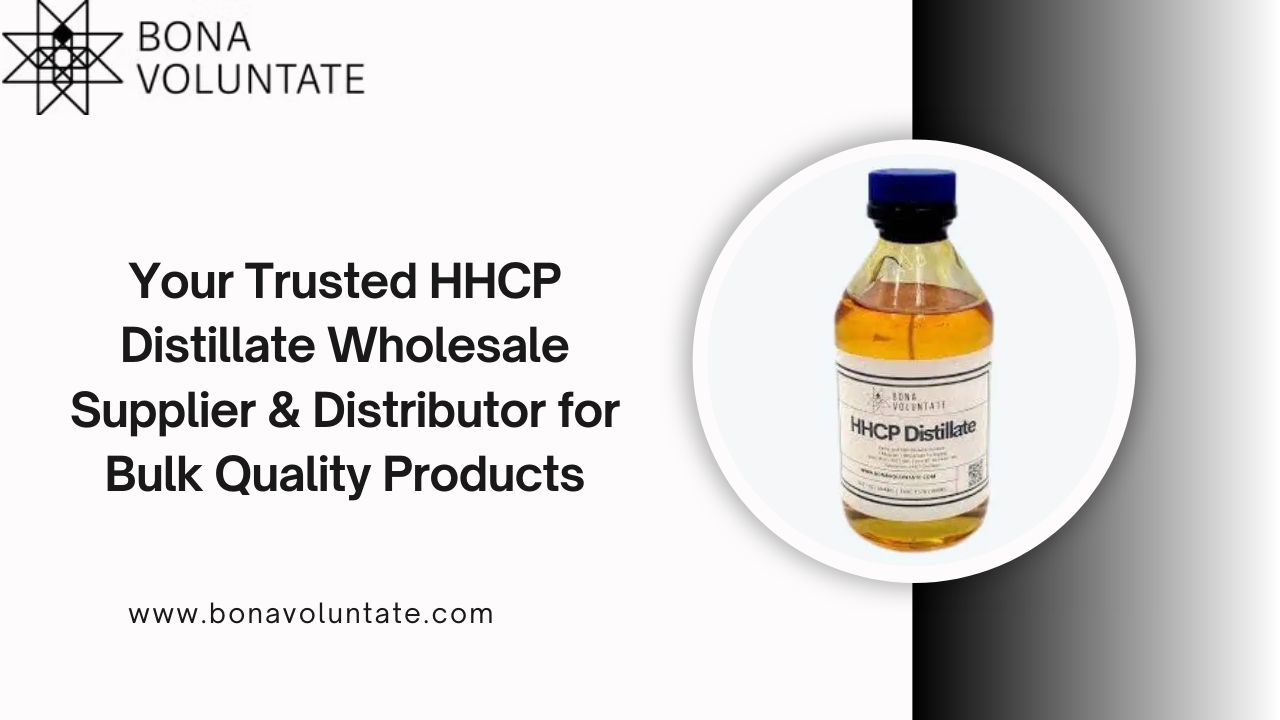You’ve written a book—congrats! You’ve slaved over plot holes, fixed dangling modifiers, and possibly lived on caffeine and hope. But now you’re in publishing territory, and there’s this confusing world of ISBNs, barcodes, and metadata staring back at you like some cryptic puzzle from a Dan Brown novel.
Before your eyes glaze over, hang tight—because understanding these little technical details can be the very thing that separates your book from getting lost in the crowd to getting found by the right readers. Let’s unpack these “behind-the-scenes” heroes in a way that actually makes sense.
What’s the Deal with ISBNs?
Let’s start with ISBNs—International Standard Book Numbers. It sounds fancy (because it kind of is), but at its core, an ISBN is your book’s fingerprint. It’s a 13-digit identifier that tells booksellers, libraries, and distributors exactly what your book is.
Think of it like this: if your book were a person, the ISBN would be its social security number. It ensures your specific title, in its specific format (hardcover, paperback, eBook, etc.), is recognized correctly across global databases.
Do You Really Need One?
Short answer? Yes—if you plan to distribute your book anywhere besides your personal website or a limited release. Especially if you’re aiming for bookstores, libraries, or online retailers like Barnes & Noble or Apple Books.
Amazon will assign a free ISBN for print books through KDP, but here’s the catch: they become the publisher of record. That means their name—not yours—shows up in the metadata. If you want to retain full control of your brand, buying your own ISBN (from Bowker in the U.S.) is the better option.
The Barcode Isn’t Just for Scanning
Now, let’s talk barcodes. That little black-and-white block on the back of your book isn’t just there to make it look official (though it does help). It’s tied to your ISBN and pricing data, and it’s essential for retail sales.
The barcode contains two things:
- The ISBN
- The price (if you want to embed it)
Without a barcode, bookstores can’t scan your book into their systems, and that’s a hard pass for most retail environments. You can generate a barcode once you have your ISBN, and many book designers will add it during the cover layout process.
Pro tip: Make sure the barcode is clear and on a white background—any smudges, colors, or low resolution, and it might not scan. And if it doesn’t scan? It doesn’t sell.
Metadata: The Magic Behind Discoverability
Ah, metadata. Possibly the most misunderstood, underutilized tool in a self-publisher’s toolkit. Metadata is essentially the data about your book. It’s what search engines and databases use to help people find your title.
Some key metadata elements include:
- Title & Subtitle
- Author name
- Book description (aka blurb)
- Keywords
- Genre/category
- Publication date
- ISBN
Metadata lives in online bookstore listings, in library systems, in distribution platforms—it’s everywhere. And it matters a lot.
If you’ve ever searched for a book on Amazon or Google Books using phrases like “slow-burn romance with enemies to lovers,” and a few perfect options popped up? That’s metadata at work.
Write for Humans, Optimize for Algorithms
Here’s the balance: metadata should read smoothly for people but be rich with search-friendly terms. Don’t just write “A thrilling fantasy novel” in your description. Be specific: “A high-stakes fantasy adventure where a runaway princess teams up with a cursed assassin to reclaim her kingdom.”
Use the language your readers would use. That’s how you help algorithms connect your book with the right audience.
Common Mistakes Authors Make with ISBNs, Barcodes & Metadata
Let’s be real—this stuff isn’t exactly glamorous, and most writers would rather edit their manuscript for the sixth time than figure out the barcode pricing structure. But skipping or mishandling these elements can tank your book’s potential.
Some common missteps include:
- Using the same ISBN for multiple formats.
Each format (eBook, paperback, hardcover) needs its own ISBN. - Not registering your ISBN properly.
Buying an ISBN is one thing—registering it with accurate metadata is what gives it power. - Skipping metadata fields or filling them lazily.
If you just write “fantasy” as your genre and toss in a vague description, your book will disappear into the void of unsearchable titles. - Using low-res or incorrect barcodes.
If your barcode doesn’t scan, your book won’t sell at retail. It’s that simple.
A Quick Checklist for Authors Ready to Publish
Here’s a handy snapshot of what you’ll want to double-check before you hit “publish”:
✅ Purchase a separate ISBN for each format
✅ Register your ISBN with detailed metadata
✅ Choose targeted keywords and categories
✅ Create a professional barcode with correct pricing
✅ Make sure your barcode is high-res and print-ready
✅ Keep your author name and book title consistent across all platforms
Why This Stuff Actually Matters
You may be thinking, “But I just want to write a good book!” And that’s fair. But these technical details are what allow your book to live beyond your desk—to make it searchable, scannable, buyable.
Think of ISBNs, barcodes, and metadata as the plumbing of your book’s publication. You don’t necessarily see it when you walk into the house (or hold the book), but without it, nothing works the way it’s supposed to.
You’ve spent months, maybe years, bringing your story into the world. Don’t let it stumble at the finish line because of missed technicalities. The right infrastructure helps your book act like a pro in a world full of amateurs.
Where to Go From Here
If this still feels overwhelming—don’t worry. Even seasoned authors find themselves scratching their heads over ISBN batches or how to best format metadata. The good news? You’re not alone, and you don’t have to figure it all out by yourself.
There are communities and teams out there who geek out over this stuff so you don’t have to. One of them is Writers Bloom—a team of creatives and publishing pros who get just as excited about book formatting and metadata optimization as they do about killer first chapters.
Whether you’re on your first book or your fifth, having someone in your corner who knows the ins and outs of ISBNs, metadata, and barcodes can make the difference between “just published” and “well-published.”
And that? That’s a detail worth getting right.



